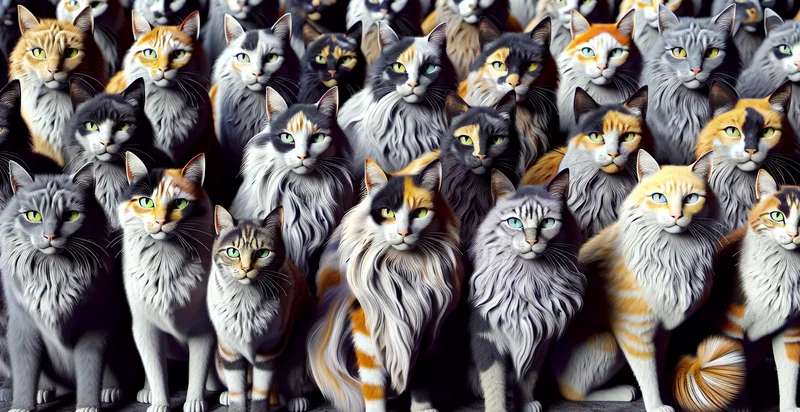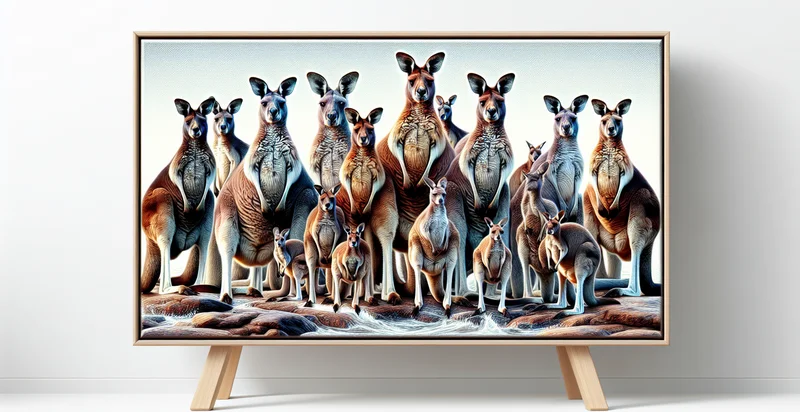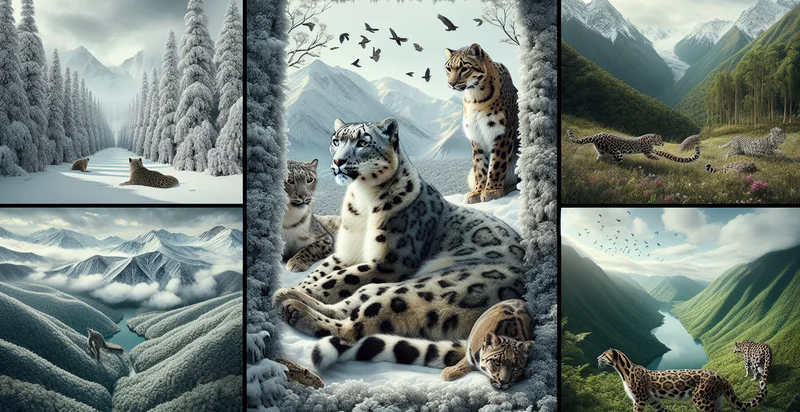Identify large wild cat
using AI
Below is a free classifier to identify large wild cat. Just upload your image, and our AI will predict which species of large wild cat it is - in just seconds.

Contact us for API access
Or, use Nyckel to build highly-accurate custom classifiers in just minutes. No PhD required.
Get started
import nyckel
credentials = nyckel.Credentials("YOUR_CLIENT_ID", "YOUR_CLIENT_SECRET")
nyckel.invoke("large-wild-cat-identifier", "your_image_url", credentials)
fetch('https://www.nyckel.com/v1/functions/large-wild-cat-identifier/invoke', {
method: 'POST',
headers: {
'Authorization': 'Bearer ' + 'YOUR_BEARER_TOKEN',
'Content-Type': 'application/json',
},
body: JSON.stringify(
{"data": "your_image_url"}
)
})
.then(response => response.json())
.then(data => console.log(data));
curl -X POST \
-H "Content-Type: application/json" \
-H "Authorization: Bearer YOUR_BEARER_TOKEN" \
-d '{"data": "your_image_url"}' \
https://www.nyckel.com/v1/functions/large-wild-cat-identifier/invoke
How this classifier works
To start, upload your image. Our AI tool will then predict which species of large wild cat it is.
This pretrained image model uses a Nyckel-created dataset and has 15 labels, including Tiger and Lion.
We'll also show a confidence score (the higher the number, the more confident the AI model is around which species of large wild cat it is).
Whether you're just curious or building large wild cat detection into your application, we hope our classifier proves helpful.
Related Classifiers
Need to identify large wild cat at scale?
Get API or Zapier access to this classifier for free. It's perfect for:
- Wildlife Conservation and Research: Wildlife organizations can use the large wild cat identifier to track and study the population and behavior of these cats in their natural habitat, providing data that is crucial for conservation efforts.
- Zoo Management: Zoos and wildlife parks can utilize this function to quickly identify and catalog images of large wild cats within their facility, enhancing internal records of animal populations.
- Wildlife Photography Companies: These businesses can use the function to automatically sort and tag images of large wild cats, cutting down on manual work and improving the organization of their photo databases.
- Animal Control and Safety: Community or national park service agencies can use this function to identify reported sightings of dangerous large wild cats in close proximity to human habitats, helping to protect both people and the animals.
- Content Monitoring in Social Media Platforms: Platforms like Instagram, Facebook, or Twitter can use this function to identify and flag images that violate their policies on the sale or exploitation of endangered species.
- Education and Scientific Study: Schools, universities, and research institutions can use this function as a tool for studying and teaching about large wild cats, making learning more interactive and easier to comprehend.
- Entertainment and Media Productions: Film and TV producers working on wildlife-themed content can use this function to verify and categorize footage of large wild cats, ensuring accuracy and authenticity in their productions.


